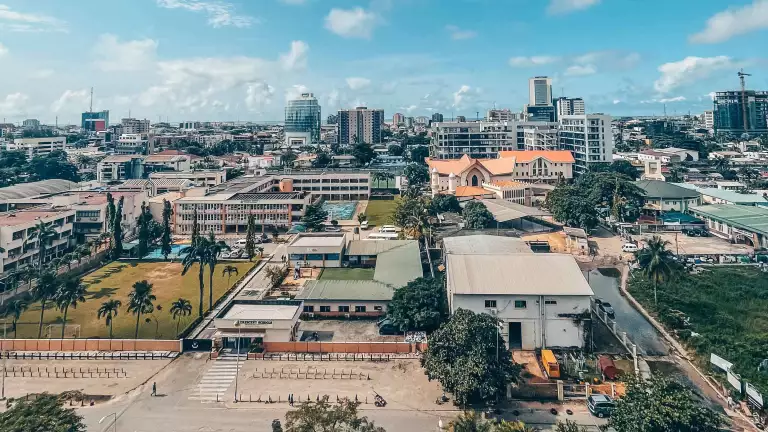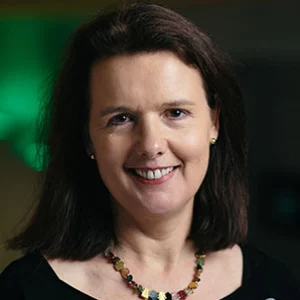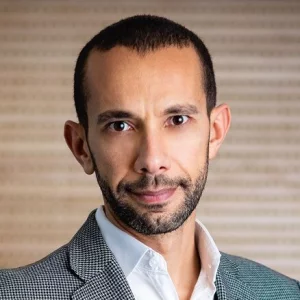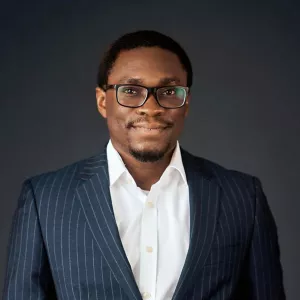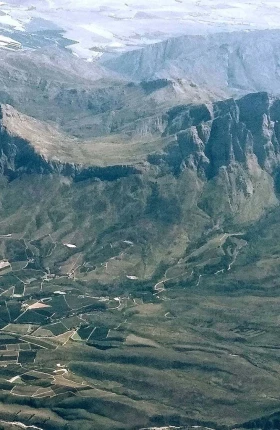Increasingly severe and frequent global climate hazards represent a particularly urgent threat to coastal cities in emerging economies, given their large populations, low elevation, and proximity to the sea. Lagos, Alexandria, Ho Chi Minh City, Kolkata, Mumbai, and many others are extremely vulnerable to sea level rise and other climate events. But with concerted investment, proactive government, and business leadership, such cities can lead the way in building innovative solutions to respond to climate change .
A leading example is the city of Lagos, Nigeria, home to the fourth-busiest port in Africa with a local GDP of about $85 billion. Considered among the most vulnerable to climate change, the city's population is expected to double by 2050 to about 47 million, and its geographic location makes it particularly susceptible to extreme heat, heavy rainfall, and sea level rise. But Lagos has set itself on a transformation journey to build a more resilient future. For more than a year, Lagos has leveraged data and analytics to build a robust adaptation and resilience (A&R) plan that addresses the impact of extreme weather on its key systems. The plan is guiding the city to mobilize financing and implement effective governance, legislation, and monitoring capabilities.
The Lagos example reflects a
growing sense of urgency
and
interest in A&R
throughout Africa and around the world. It demonstrates how a focused and thoughtful A&R strategy and robust planning can dramatically improve a city’s ability to withstand the impacts of climate change. Other vulnerable cities need to take similar measures to avoid the hazards that affect coastal areas the most.
The High Cost of Inaction
The basic purpose of A&R action is to develop an evidence-based understanding of the potential dangers of climate change in a specific region or area. Precisely quantifying what and how much could be lost—in social, economic, and environmental terms—is crucial to ensuring that all stakeholders understand the risks. Simply put, coastal cities avoid the worst damage from high-risk climate scenarios when they choose to take A&R interventions. The cost of inaction is otherwise too high to bear.
Coastal cities avoid the worst damage from high-risk climate scenarios when they choose to take A&R interventions.
In the case of Lagos, a BCG team has been supporting the local government since 2021, using advanced data analytics to develop detailed, plausible local scenarios for climate change. The team has simulated and quantified many potential impacts, including damage to a variety of systems: Lagos’ critical infrastructure like power and transport; social systems like schools and hospitals; economic systems such as banks and commercial institutions; and natural systems such as wetlands and biodiversity.
By 2050, the projected rise in sea level would put the city at risk of regular flooding—up to 1.5 meters deep in some parts of the city, rising to an estimated 2.5 meters during periodic extreme events, like storms. This is partially due to the phenomenon of land subsidence—the sinking or collapse of the city’s surface—which could reach the rapid rate of 6 centimeters each year in some areas.
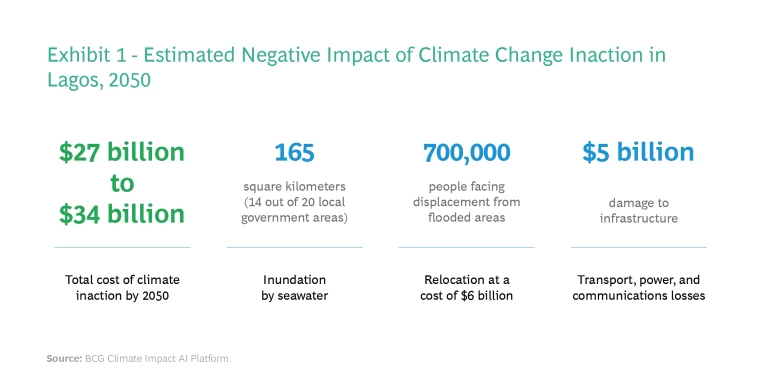
We estimated the total cost of inaction for sea level rise and extreme temperature should Lagos fail to act. (See Exhibit 1.) By 2050, the cost of inaction could total between $27 billion and $34 billion, with $5 billion in damage to infrastructure alone and a loss in GDP of $22 billion. The total cost would likely be more than 12 times the current total budget of Lagos state, which includes the city and metropolitan area.
Rising sea levels could mean that 700,000 people need to be relocated, either temporarily or permanently. Up to 82% of the city’s undeveloped wetlands could face potential loss in biodiversity and ecosystem services by 2050. Up to 400 health centers could be disrupted, affecting more than 2 million patients, while 500 schools and education centers could be inundated, disrupting the learning process of more than 500,000 students. Loss of local crops could mean importing 78% of the region’s food. In some scenarios, 20,000 people could suffer heat-related deaths; almost one-third of them would be children. (These estimates are based on a projected global temperature rise of less than two degrees Celsius by 2100. More severe scenarios could lead to higher costs.)
To mitigate those dire scenarios, an A&R initiative would first develop a localized plan that prioritizes action where it is needed most urgently. To capture complexity, highlight the top priority areas, and make it easier to act, BCG has developed a proprietary climate analytics platform (Climate Impact AI) as part of its adaptation and resilience framework.
In Lagos, rising sea levels could mean that 700,000 people need to be relocated, either temporarily or permanently.
Climate Impact AI displays potential climate outcomes geographically. For sea level rise, for example, it generates a climate risk index (CRI) that integrates five key indicators into its formula. These are flood intensity, capital cost to damaged infrastructure, impact of extreme events on GDP, size of the population affected by floods, and the percentage of population that would be vulnerable. The data is calibrated in increments of only 500 square meters, small enough to show fine-grained patterns of climate vulnerability.
Exhibit 2 reproduces a CRI heat map for Lagos. It shows that, as the effects of climate change worsen, about half of the local government areas in Lagos could be severely affected by 2050.
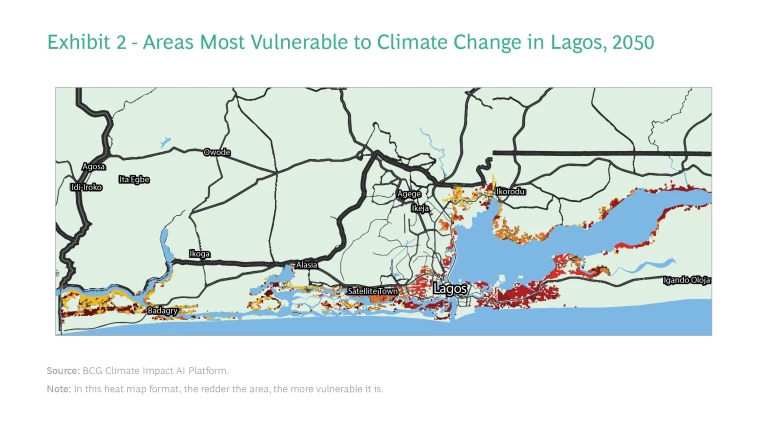
From Risks to Solutions
Having calculated the risks and positioned them on a map, it is then possible to develop a portfolio of local projects and assess adaptive benefits for each area. In any city, the pipeline of projects must be tailored to the needs, systems, and existing strengths of the area. Although most urban regions around the world tend to share some basic high-level objectives, the actions they'll take to meet those objectives varies by locale. In Lagos, the BCG team identified three core domains for action, each with its own proposed projects:
- Increase infrastructure resilience. A wide variety of initiatives could be launched to make critical infrastructure more flood resistant in Lagos. One example is coastal embankments to protect communities and businesses from sea level rise and flooding. Drainage systems should also be rebuilt to withstand severe flooding and erosion, and critical transportation systems could be made flood proof. Other projects include developing alternative water supplies and planting belts of mangrove trees, which help to reduce flooding and coastal erosion.
- Ensure more resilient communities and protect vulnerable groups. These projects have direct social impact . Social assets such as schools and health centers could be retrofitted to ensure continued access to essential services during climate-related events. This could involve more water-repellent materials or moving or elevating older buildings. Other projects include relocating people to safer ground if they so choose; increasing water access and quality with new sewage treatment plants and other means; and establishing infectious disease surveillance systems.
- Anticipate risks and improve crisis response. Emergency response measures are generally led by local governments to support communities in cases of climate-related events. These programs include maintaining and deploying emergency funds, establishing clear post-disaster procedures, and training first responders. This domain could also include awareness programs to educate residents on household and waste management as well as health measures to take during a crisis.
Although these three actions are specific to Lagos, any vulnerable city should likewise consider investing in a portfolio of projects designed for their own local needs. These should proactively address a range of possible climate scenarios, while being cautious to avoid overreaching or unintentionally maladaptive moves.
Vulnerable cities should consider investing in a portfolio of projects designed for their own local needs.
Mobilizing Funding and Support
The different types of projects that constitute an A&R portfolio need financing strategies tailored to their specificities. The type of funders likely to invest in a particular project depends on the project’s goals and context.
For example, funding sources such as governments in partnership with bilateral agencies, development finance institutions, or public climate funds tend to focus on projects with positive social impact or those that target public infrastructures. Grants and concessional funding can support projects where no immediate financial return is usually expected. This might include the rehabilitation of drainage systems and sea walls.
Subscribe to our Social Impact E-Alert.
Private sector funding is just as critical. A fact-based and quantified approach to A&R will identify many opportunities for corporations and investors to participate. They can fund projects identified as bankable, that generate returns, and that protect those investors' assets, operations, and supply chains in the region.
There is also an opportunity to develop innovative public-private partnerships. These can fund projects like water treatment plants, which benefit both corporations and local communities. They can also unlock profitability. For example, the use of carbon credits to offset greenhouse gas emissions can make some A&R projects, like mangrove restoration, relevant to private investors.
The overall project pipeline should target a mix of capital sources: grants, low-cost public funding, domestic capital, climate-focused funds, and commercial investment. Implementation support is key to ensure resilience and progress. The government leading the A&R effort, therefore, must have a clear governance system, favorable policy and legislation, and the resources to deliver and monitor results.
Coastal cities are among the most severely affected by climate change. They will do well to follow Lagos’ example. As they proceed, government and business leaders need guidance in advanced data analytics and granular decision making. They also need enabling structures, such as robust A&R planning and funding support, that allow them to focus on the most critical challenges and viable solutions.
Lagos is one example of an approach many cities around the world need to take. Processes like these take time and must therefore be initiated now.
The urgency of A&R action is now becoming clear to all. It was a key message at the November 2022 COP27 in Egypt, where the UN Climate Change High-Level Champions advocated for concrete actions around the Sharm el-Sheikh Adaptation Outcomes for Human Settlements. For more detail, this BCG report describes climate risk and the adaptations that will be needed for resilience. Lagos is one example of an approach many cities around the world need to take. Processes like these take time and must therefore be initiated now.
It may be too late to prevent the climate change crisis from coming. But there is time to respond and adapt. With comprehensive A&R systems in place, cities like Lagos may well find themselves leading the way.
